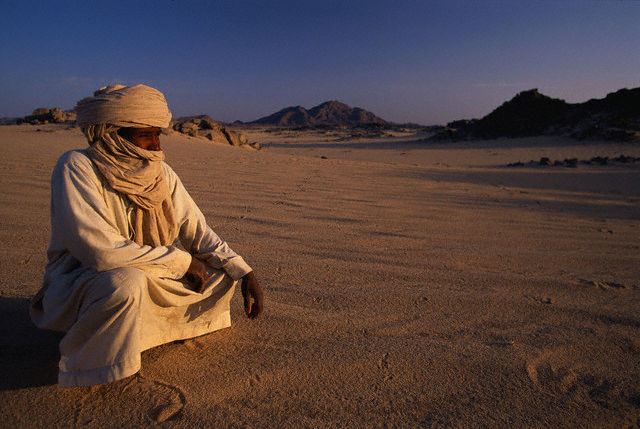A people’s cultural heritage is not limited to constructions, monuments and other tangible objects stemming from its culture and history.
There is also an intangible cultural heritage comprising invisible aspects to be found in the very spirit of cultures. This intangible cultural heritage is defined as a set of practices, representations, expressions, knowledge and skills as well as the instruments, objects, artefacts and cultural spaces associated with them, that communities, groups and, in some cases, individuals recognise as part of their cultural heritage.
UNESCO recognised this heritage in 2003 with the Convention for the Safeguarding of Intangible Cultural Heritage. This convention also recognises as heritage any knowledge and practices related to nature and the universe. Such practices and knowledge are of special importance in tasks for conserving biodiversity because, as stated by the Biological Diversity Convention, traditional practices have been essential for developing biodiversity, and work must be done on preserving, fostering and using them to ensure sustainable development. Med-O-Med will work to ensure this objectives.
This post is available in: English Español


